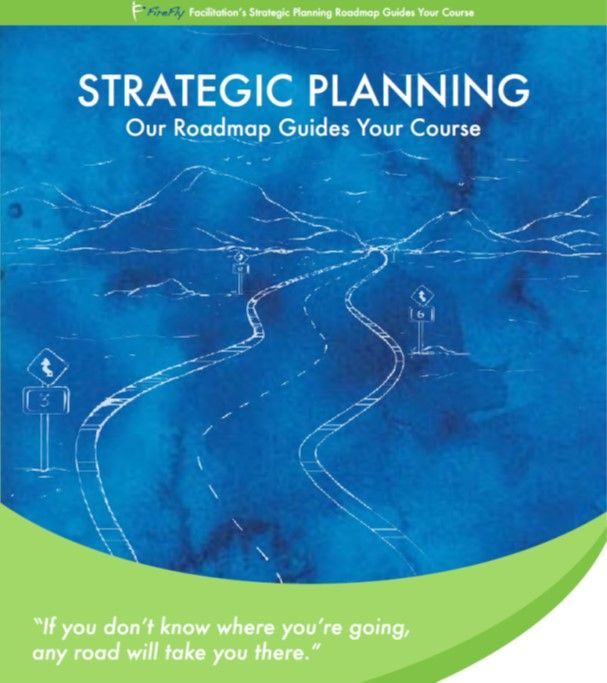Teaching Your Team Members To Speak Up
As we pointed out in our last post, part of being a leader is teaching your team the value of speaking up. This can be tricky, because people are often unsure of the value of their input, and nervous about the team’s reactions to their opinions. Nevertheless, you need to somehow convey to your team the value of speaking up. You have to make it clear that you don’t mind having your ideas challenged, and will not punish those who step forward with different opinions, even on those subjects nearest to your heart.
It’s important to set as a ground rule: “Speak so you can be heard.” This simply means addressing others with respect, in order to avoid unnecessary, defensive reactions that might shut an open mind. You can also publicly acknowledge those employees who have volunteered innovative ideas, or cite times that your mind was changed by a member of the team; however, try to do this without playing favorites.
Deciding what problems to tackle first can be an issue in and of itself. It’s a good idea to select early-on the ones that are low-hanging fruit type of problems; in other words, those that are most familiar and annoying to employees and may require focused effort, but that don’t require much money or a long planning cycle.
Begin with the problems that will garner a high return on your investment of limited time and effort. The team needs to solve a few problems early and implement the solutions before tackling the toughest and longest-standing issues. Instead of the team leader deciding which topics to address, I recommend that people bring one problem to resolve from their own area, as well as one that crosses functional team areas.
Another place to find potential problems to solve is the team dashboard of results. Where is the team falling short of the target? Where are we not hitting our numbers or goals? This is a great way to make the session very meaningful and engaging for everyone.
On the other hand, one of the first problems you might want to tackle is to identify ways to promote greater creativity. It’s a good idea to send out information in advance of the session to get everyone’s creative juices flowing and build up excitement for what they will be working on as a team before they even arrive. This can also be a great way to make sure that everyone has at least a foundational knowledge base to be able to actively engage in the discussion. Be careful that you don’t slant the discussion or the search for solutions by what you select to share in advance. If there is a significant chance that this will happen, don’t send out anything prior to the session.
People will feel more engaged if they get the chance to select the problems on which to work , versus receiving these issues as an assignment. I call this voting with your feet when working with a group. Choosing the problems in advance, then allowing each team member to select one that especially resonates with them is a great way to engage them.
And don’t assume that everyone who works on a problem needs to fully understand the issue’s entire background to be effective. In fact, sometimes the team members without preconceived notions about what will and won’t work, who aren’t fully versed on how things work now or the challenges and barriers currently at play, make some of the best members of a problem-solving team.
The problem-solving or opportunity-finding process should be kept fairly simple. In our next post we’ll discuss an easy way to do this.






